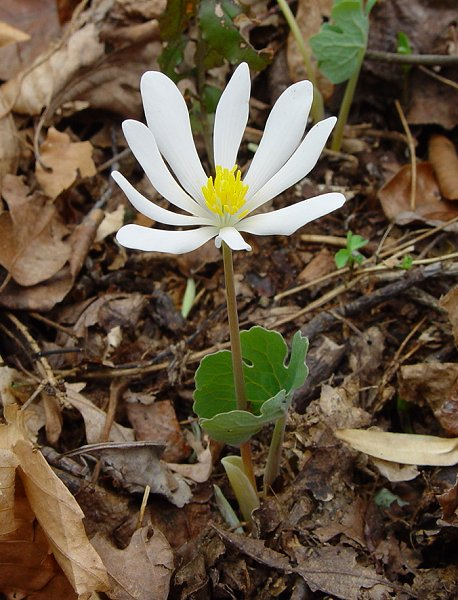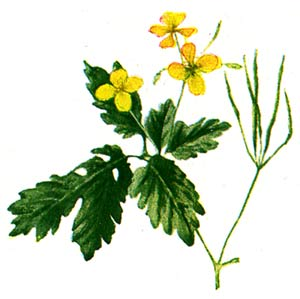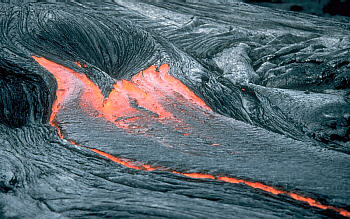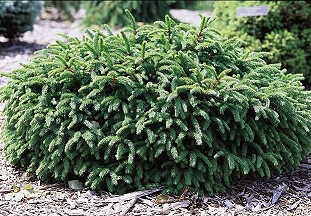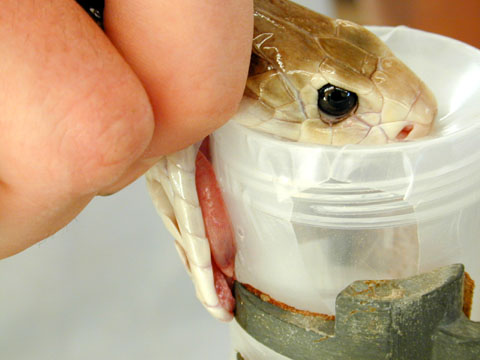Radium Bromatum is the homeopathic potency for the cancer fighting radium. This medicine given is suppose to offer some low level protection in the case of radiation poisoning. There is no proof that this homeopathic medicine offers any protection from radiation.
Many people from California having been purchasing this remedy. They fear that the radiation may come to them. However, these fears are unfounded. Radiation levels from the Japanese nuclear meltdown will not be in high enough levels to cause any harm to any US states including Hawaii. The radiation would have to travel through the Pacific ocean. Contaminated food or drinks would be the main danger from radiation. Many of the foods that were grown near the nuclear plant showed high levels of radiation. All the foods that were tested on the Geiger counter show levels of radiation that were unsafe for consumption.
Us had strict laws regarding food from Japan. Every food is tested and inspected to make sure that the food is safe. US imports very little food from Japan so it should not be a big worry either. Radioactive water was found in Japan. Japan has a new containment ship to help move all of the water that is contaminated out of the ocean.
In conclusion, homeopathy radium bromatum will not be needed if you live in California. You are safe where you are.


